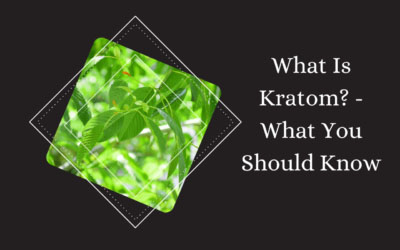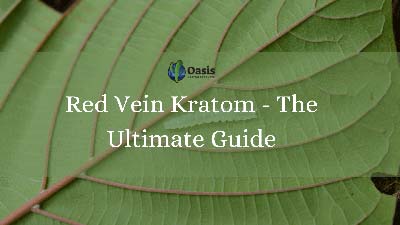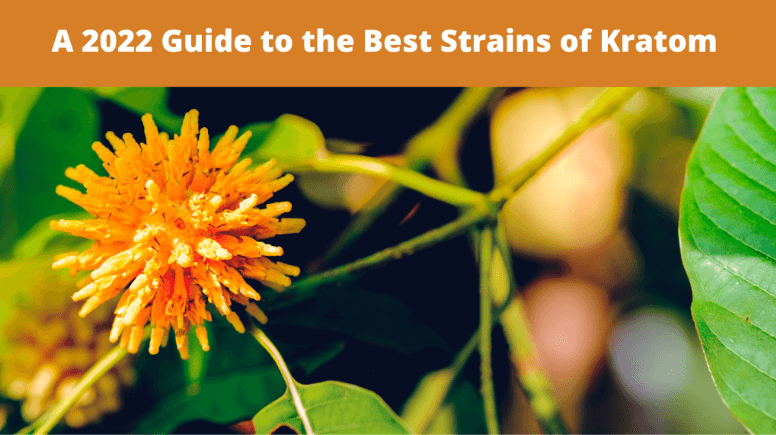Whether you are new to kratom or an avid user, you may be curious as to the kratom growing zones and regions. Many users are looking for a way to grow their own kratom to know the quality they are receiving.
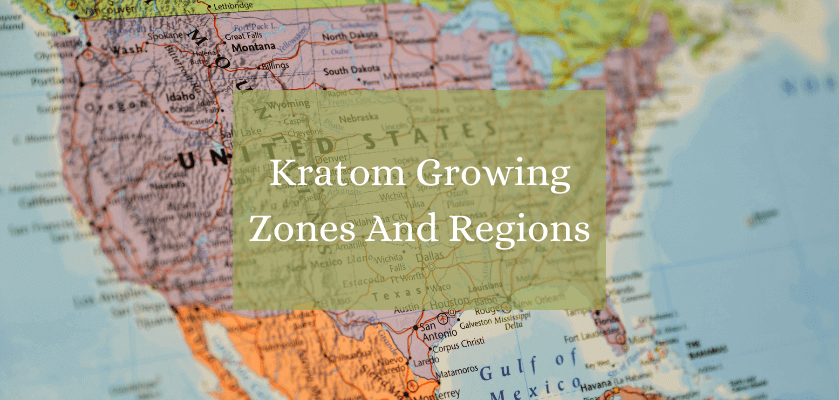
As you know, kratom is native to Southeast Asia. It grows in Thailand, Malaysia, Indonesia, and Myanmar wilds. Indonesia is the largest export hub for kratom. Kratom's botanical name is Mitragyna Speciosa, and is closely related to the coffee (Rubiaceous) family. Kratom is a complex plant that is not easy to grow. However, with careful guidance, you can also produce your kratom plants at home.
Let's discover more about the kratom growing zones and regions.
What Does Growing Zones Mean?
The growing zone is the area in which a plant will thrive. While you can try to grow kratom in various regions nationwide, this does not mean you will be successful. Once you know your growing zones, you can establish how to grow your kratom, whether indoors or outdoors.
When a plant is marked hardy to a specific growing zone, this indicates that the plant will be able to survive in the coldest temperatures. You must consider growing zones and know whether kratom can be grown in your area. Otherwise, you may end up with a lot of frustration.
Kratom Growing Zone and Regions
Kratom can either be evergreen or deciduous, as the environment it is grown in will determine which the tree is. Kratom trees can reach 12-30 feet tall and measure 15 feet wide. However, when grown in its native land, it may grow up to 40-100 feet tall.
Despite what some research says, kratom can be grown in any environment if it receives the attention it needs. Most gardeners will grow their kratom plant indoors until it reaches a certain height. This allows them to control the temperature, much like a greenhouse.
Kratom can be grown outside as long as it is in an area that is warm and brought in when temperatures start to decline. Kratom does not require any special tools. This herb can thrive if given the right temperature, humidity, soil, water, and sunlight. All of which can be done in a controlled environment.
Kratom trees can only be planted directly in areas with tropical or sub-tropical weather. Growing kratom from seed can be difficult as the seeds need to be fresh when planted. This means they must enter the soil within a few days of leaving the host tree. Since all kratom is native to Southeast Asia, this will be tricky.
This is the reason why most people will opt to buy live plants versus seeds. The best method of growing kratom is by obtaining a cutting from a live tree and then rooting them. Kratom has a much higher success rate when you start with a live plant.
You will want to place your cutting into a large pot. This will allow the roots to grow and spread. Those who deal with live kratom plants have commented on how quickly they grow. You may need to prune your plant to ensure it is given the best chance of surviving. Add fertilizer as needed, especially at the start of growing kratom.
As we know, kratom is a tropical tree that naturally dislikes cold weather. However, they do well if grown in a controlled environment. A kratom plant can go dormant and actively stop growing if faced with a temperate region that experiences winter. These plants need to be in 70 to 90 degrees Fahrenheit weather. You should never leave a kratom tree outside when the temperatures are less than 60 degrees Fahrenheit.
Kratom trees with some age will be a bit hardy to colder temperatures. However, they will not be able to endure frost. Just know that a cold climate can cause the tree's growth to slow down.
Utilizing a greenhouse can prove to be the best way to grow kratom. It will provide the heat that is required for kratom to thrive. Some people have created natural thermal heat with the use of a tarp. This will help shelter it from damaging temperatures. You will also want to ensure the tree's base is heavily mulched. This will cover the roots and make sure they can survive frigid temperatures.
For you to understand better, the average humidity in Thailand is between 90-94% during the morning and 50-70% in the evening. Humidity will help improve the quality of the kratom you are producing.
When growing in a controlled environment, you can use humidifiers to help provide just the right amount of humidity for your plants. You can use any type of fertilized bag soil to grow your kratom. Kratom does prefer to have acidic soil ranging between 5.5 and 6.5 pH. If your kratom is in alkaline soil, it could cause the leaves to turn yellow and blotchy. In this case, you will want to add sulfur or dry pine needles to help improve the pH balance of the soil.
Kratom loves light. It will do well in controlled environments that allow light 24 hours daily. You will notice the more light your kratom receives, the darker the color green the leaves will be.
Growing Zones
You can look at this map for guidance on where kratom will grow the best.
- USDA Zone 9a: to -6.6 °C (20 °F)
- USDA Zone 9b: to -3.8 °C (25 °F)
- USDA Zone 10a: to -1.1 °C (30 °F)
Where To Grow:
- Outdoors in hardiness zones
- Can grow in containers
- Can grow in a controlled environment indoors
Soil PH Requirements:
- 5.6 to 6.0 (acidic)
- 6.1 to 6.5 (mildly acidic)
Best Regions To Grow Kratom Outdoors:
- Ville, Florida
- Key West, Florida
- Orlando, Florida
- Oviedo, Florida
- Sarasota, Florida
- Santa Fe, Texas
- Midlothian, Virginia
- Renton, Washington




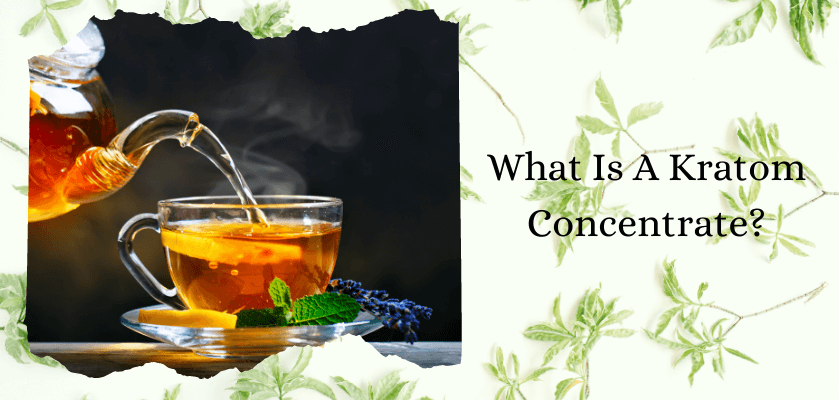 What Is A Kratom Concentrate?
What Is A Kratom Concentrate? How To Buy Kratom With Bitcoin
How To Buy Kratom With Bitcoin